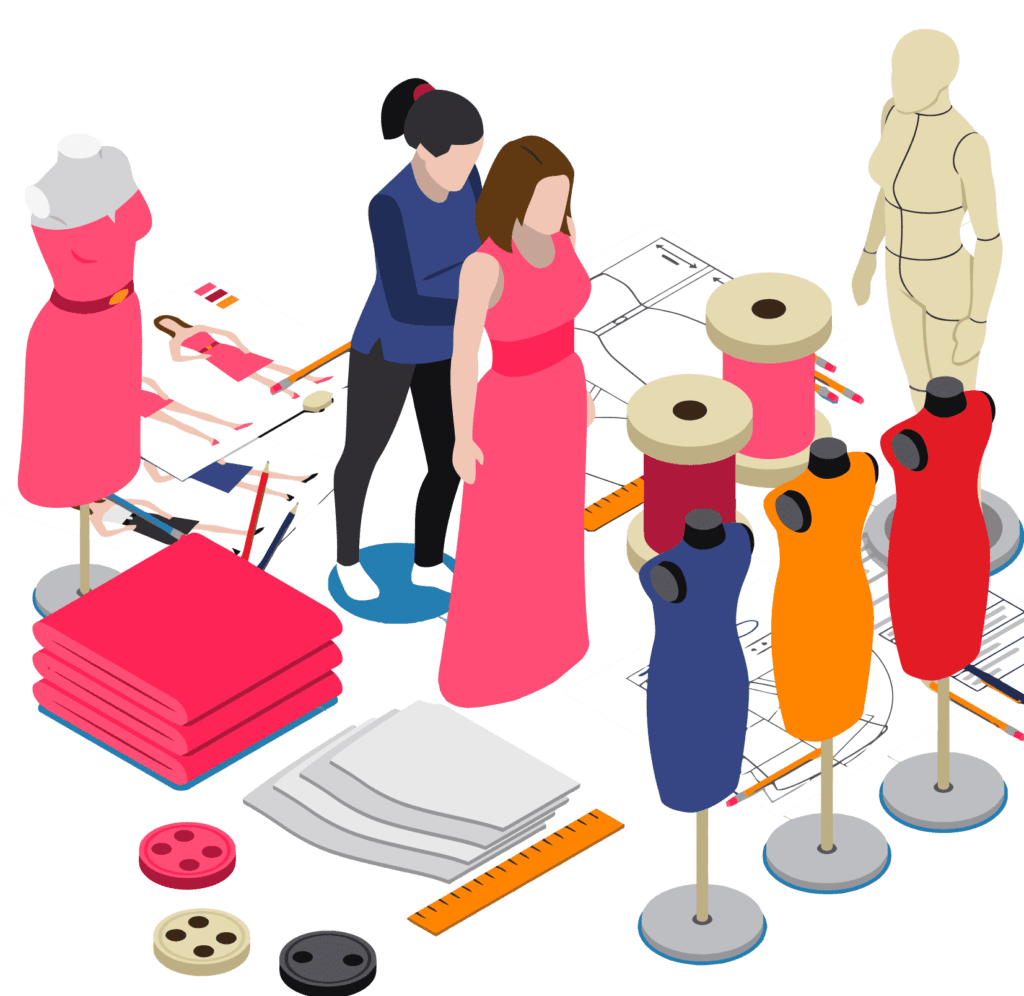Transform Your Appearance with Tailor Perth: Customized Tailoring Services
Transform Your Appearance with Tailor Perth: Customized Tailoring Services
Blog Article
Understanding the Tailoring Process: From Textile Option to Final Suitable for the Ideal Wardrobe
The customizing procedure is an intricate interaction of art and science, starting with the critical decision of fabric choice and finishing in the accurate changes of last fittings. Each textile type brings one-of-a-kind high qualities that affect not just the aesthetic allure however also the garment's long life and suitability for various events. Recognizing the subtleties of customizing strategies can elevate one's closet to unprecedented levels of sophistication. As we check out these components additionally, one must consider just how also the smallest details can dramatically impact the total result of one's individual style.
Importance of Fabric Choice
Choosing the appropriate textile is critical in the customizing procedure, as it directly affects the comfort, toughness, and total aesthetic of the last garment (tailor perth). The choice of textile sets the foundation for the garment's design, efficiency, and functionality. Various materials possess distinct residential properties, such as breathability, stretch, and weight, which can considerably influence exactly how the garment drapes and fits the body
Moreover, material option influences the garment's long life and ease of treatment. Premium materials can hold up against damage, keeping their look and framework over time, while lower-quality products might result in pilling or fading. Additionally, the appropriate textile adds to the garment's ability to shift throughout periods and occasions, therefore enhancing convenience.
A customized item made from a proper fabric not only showcases craftsmanship but likewise raises the wearer's self-confidence. Consequently, comprehending the nuances of fabric choice is paramount for any type of customizing undertaking. It makes certain that the final product not only fulfills the visual wishes of the customer yet likewise straightens with useful needs, therefore achieving a harmonious equilibrium in between kind and feature in the customized closet.
Types of Fabrics and Their Uses
Comprehending the various kinds of textiles offered is essential for making informed decisions throughout the customizing process. Each fabric has special qualities that determine its viability for details garments and events.
Cotton, understood for its breathability and soft qualities, is suitable for laid-back wear and summer season apparel. Its adaptability allows it to be customized into whatever from t shirts to dresses. Wool, on the other hand, is preferred for its heat and structure, making it an outstanding option for official matches and outerwear - tailor perth. Its all-natural flexibility aids garments maintain shape over time.
Silk exudes deluxe and is light-weight, making it ideal for eveningwear and delicate shirts; however, it needs mindful handling as a result of its frailty. Linen, with its textured surface, is a prominent selection for warm environments, giving a crisp and airy feel, but it wrinkles easily, which might affect the garment's appearance.
Artificial textiles, such as polyester and nylon, offer resilience and resistance to wrinkles, making them suitable for daily wear and energetic clothes. Understanding these fabric kinds and their residential or commercial properties permits far better decision-making, making sure that each tailored piece not only fits well yet also aligns with the intended purpose and celebration.
The Tailoring Techniques Clarified
The art of customizing relies upon a selection of techniques that change fabric right into well-fitted garments. Central to this procedure is pattern drafting, where a dressmaker develops templates based on the customer's dimensions and preferred style. This preliminary step guarantees that the garment will fit the wearer correctly like this prior to any kind of reducing occurs.
When patterns are developed, reducing techniques come right into play. Accuracy is critical as inaccuracies can lead to misfitting garments. Tailors commonly use different reducing techniques, such as single-layer cutting for complex layouts and multiple-layer reducing for performance on common patterns.
Basting is one more vital method, permitting dressmakers to temporarily stitch material items together for a preliminary fitting. This method uses the possibility to examine the drape and total silhouette before last sewing.
Seaming techniques, including flat-felled joints and French seams, enhance the garment's durability and aesthetic allure. Tailors also utilize methods such as interfacing and padding to provide framework and form to particular areas, like shoulders and collars.
Lastly, ending up methods, including hemming and edge finishing, make sure the garment's long life while offering a refined look. Together, these methods create the backbone of efficient customizing, leading to beautiful, tailor-made clothing.
Fitting Modifications and Factors To Consider

Key factors to consider include the shoulder fit, which needs to neither sag neither restrict activity, and the sleeve length, which must permit for comfortable arm activity while preserving a sleek appearance. Furthermore, modifications at the midsection can refine the shape, with options to allow out or take in material as required.
The rise of trousers is an additional important variable; it needs to rest pleasantly above the hips without causing pain, permitting for ease of movement. Hemming sizes for both trousers and skirts ought to show the user's preferred style while appreciating percentages.

Preserving Your Tailored Clothes
Always follow the treatment label directions, which might recommend dry cleansing for delicate textiles or equipment cleaning for even more resilient products. Prevent regular laundering, as this can wear down the textile and modify the garment's shape.
Storage space is similarly important; use cushioned hangers for coats and jackets to preserve shoulder framework, and store pants folded nicely or hung to avoid creasing. Protect garments from straight sunshine, which can discolor shades and damages fibers.
In addition, routine examinations for small repair work can stop larger concerns. Inspect for loose buttons, tearing seams, or indicators of moth damage, attending to these issues immediately to keep the garment's stability.
Lastly, visit this site right here consider seasonal rotation. Wearing tailored pieces in moderation permits textiles to recuperate, extending their lifespan. By carrying out these maintenance strategies, you can make certain that your customized garments remain as pristine as the day you first used them, boosting your excellent closet for many years to come.
Verdict
The customizing process, incorporating textile selection, knowledgeable techniques, and exact suitable changes, plays a critical function in producing garments that enhance both convenience and style. Understanding the value of maintenance expands the life of customized garments, solidifying their worth in a well-curated wardrobe.
Choosing the ideal fabric is essential in the customizing process, as it straight affects the convenience, longevity, and general visual of the last garment. The choice of material establishes the structure for the garment's efficiency, performance, and design. Various textiles have distinct homes, such as stretch, breathability, and weight, which can considerably impact just how the garment drapes and fits the body.
The art of tailoring counts on a selection of strategies that transform textile into well-fitted garments.The tailoring procedure, encompassing fabric choice, skilled strategies, and exact fitting modifications, plays an important duty in developing garments that improve both convenience and design.
Report this page